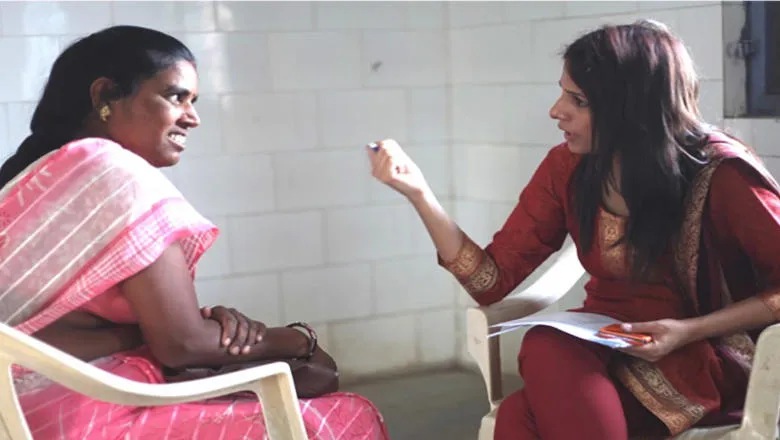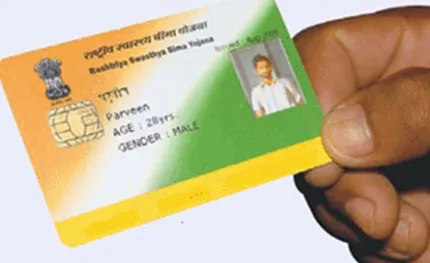26 April 2019
Financial incentives could be the solution for higher enrolment rates in Indian healthcare schemes
Research by Dr Sanchari Roy has found India's caste system impedes information flow and financial incentives could help spread public awareness.

In 2007, the Indian Government introduced a National Health Insurance Scheme, aimed at providing subsided quality healthcare to the poorest 40% of India’s population. However, enrolment rates for the scheme remained low, particularly amongst those that needed it the most.
To understand how to build better awareness of the scheme (called Rashtriya Swathya Bima Yojana or RSBY in Hindi) amongst the target demographic, Dr Sanchari Roy from the Department of International Development has been researching the constraints to information flow in India and has found the Indian caste system to be a blocker.
The caste system in India is one of the world’s oldest forms of surviving social stratification. Despite an official ban in 1948, discrimination based on caste is still prevalent today. However, Dr Roy’s research has found that financial incentives could help to overcome social barriers and entrenched caste prejudice.
The research project employed local women agents in the state of Karnataka in south India to stimulate public awareness of the National Health Insurance Scheme amongst eligible beneficiaries. One agent was employed per villages, and payment for the agents was randomised.
Some agents were paid a ‘piece rate’ – a small payment that depended on how well the beneficiary household scored in a knowledge test about the scheme. Other agents were paid a fixed rate. As a result, the project was able to identify whether financial incentives were more effective in improving information flow.
The results showed that financially incentivised agents improved beneficiary knowledge on the scheme and achieved higher subsequent enrolment rates. In fact, interviews with beneficiaries found that compared to their non-incentivised counterparts, these agents spent less time on people of similar caste, education and poverty status, and more time with those different to themselves – ensuring these beneficiaries understood the scheme well and knew how to enrol.
“We found the agents that were incentivised were, on average, more effective than those that weren’t. That is, they had more incentive to reach out to people of all castes and share about the scheme,” said Dr Roy.
“However, if the agent wasn’t incentivised and the beneficiary was from a different caste, we found enrolment rates were lower. This implies a ‘caste penalty’ in spreading awareness about welfare schemes in the absence of incentives.”

An upcoming follow-up project, funded by the Faculty of Social Sciences and Public Policy, will empirically test whether this ‘caste penalty’ is a result of entrenched prejudice, or whether it is the result of communication barriers, such as the varying dialects across the castes.
Dr Roy explained, “It could be that the agents incur no actual cost when interacting with people from other castes, but they simply prefer not to interact with them. This is the common ‘preference’ story that is cited in literature. Or it could just be that people belonging to the same caste are easier to communicate with. We want to disentangle these two mechanisms.”
The follow-up project, in collaboration with the University of Bristol and the Institute for Social and Economic Change in Bangalore, India, will focus on a smaller number of villages across two districts, again in the state of Karnataka. Fieldwork is due to begin in June 2019 and will use a new version of the national healthcare scheme as its metric.
“There are lessons to be learnt for all of India. However, it’s true that Karnataka has a few dominant castes. So, the impact of financial incentives may be different in states with many small caste groups,” said Dr Roy.
A clear understanding of what motivates people to spread awareness on the ground will, nonetheless, assist policy design and help to overcome the negative consequences of poor information flow, especially in socially stratified societies like India.

